1. Great Bear Rainforest, British Columbia, Canada

The coastal wolves of this rainforest are unique, often swimming between islands and feeding on marine life. Their tawny coats and adaptability make them a favorite subject for wildlife photographers. These wolves are known to hunt salmon and scavenge along the coastline, showcasing their resourcefulness. The Great Bear Rainforest spans 6.4 million hectares, offering a pristine habitat for these animals. Sightings are most common during salmon spawning season, when the wolves are most active.
Indigenous communities in the region have long respected and coexisted with these wolves, incorporating them into their cultural traditions. Guided eco-tours provide opportunities to observe the wolves while learning about their ecological importance. The rainforest’s lush and misty environment adds a magical quality to any wildlife encounter. Efforts to protect this unique ecosystem are ongoing, ensuring a safe haven for coastal wolves.
2. Denali National Park, Alaska, USA
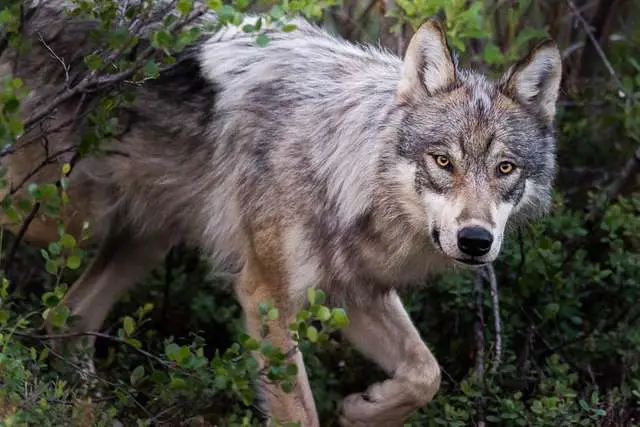
Denali’s vast boreal forests and tundra landscapes are home to the Alaskan tundra wolf. Known for its striking white or light-gray coat, this subspecies of the gray wolf thrives in the park’s wilderness. The park covers over six million acres, offering wolves plenty of room to roam. Wolf packs here are often seen hunting caribou, moose, and other large prey. The open tundra makes it easier to spot them from a distance, particularly during dawn or dusk.
According to the USGS, Denali’s wolves are a key part of the ecosystem, helping to maintain a balance among prey species. Winter and early spring are the best times for sightings, as wolves become more active and snow tracks can lead to their whereabouts. Visitors can also learn about the wolves through the park’s educational programs and exhibits.
3. Bialowieza Forest, Poland and Belarus
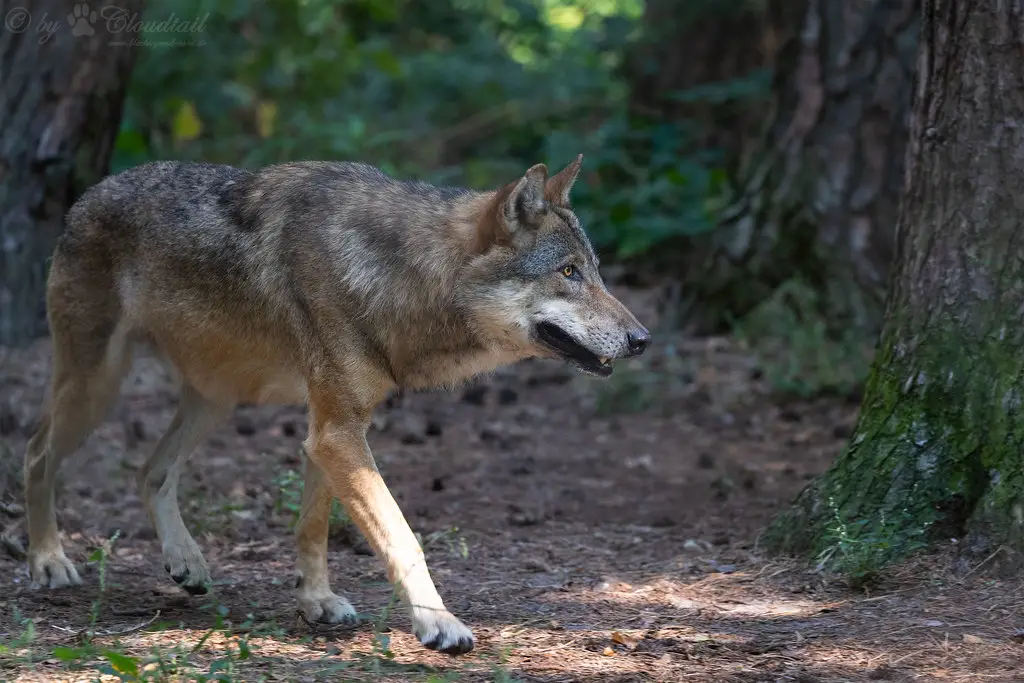
One of Europe’s last primeval forests, Bialowieza is a haven for the Eurasian wolf. These wolves roam freely among the ancient trees, which date back thousands of years. The forest spans over 3,000 square kilometers, providing ample habitat for a variety of wildlife. Guided tours often focus on wolf tracking, using footprints and scat to locate the animals. Early mornings are the best times to hear the eerie howls of these predators echoing through the woods.
According to Rewilding Europe, Bialowieza is also home to other rare species, including European bison, making it a must-visit for wildlife enthusiasts. The forest’s strict conservation measures have helped the wolf population thrive, despite challenges from habitat loss in surrounding areas. Winter tours, in particular, offer an excellent chance to observe wolf behavior and learn about their role in this unique ecosystem.
4. Tongass National Forest, Alaska, USA
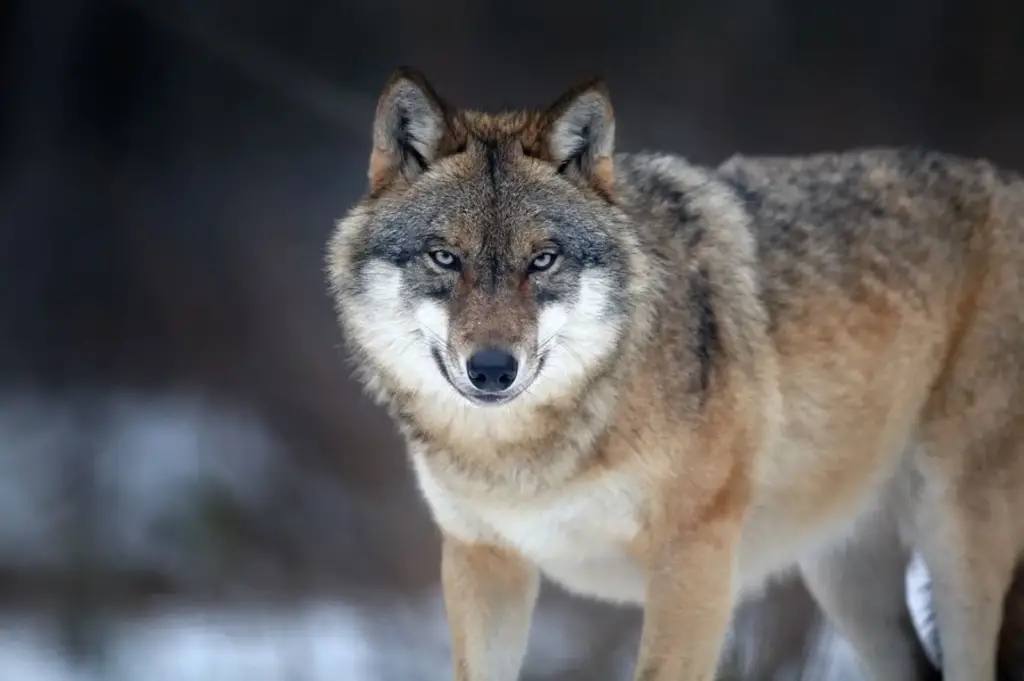
The Alexander Archipelago wolf, a rare subspecies, resides in this temperate rainforest. Known for its darker fur, this wolf faces significant threats from habitat loss, making sightings particularly special. The Tongass spans over 16 million acres, making it the largest national forest in the United States. According to the U.S. Fish and Wildlife Service, wolves in this region may be seen near rivers and coastal areas, where they hunt salmon during spawning season. Their diet also includes deer and small mammals, showcasing their adaptability.
The forest’s dense canopy and challenging terrain make tracking these wolves an adventure. Conservation groups in the area work tirelessly to protect the Alexander Archipelago wolf, offering educational resources to visitors. Sightings are more likely in the early morning or late evening, when the wolves are most active. This unique rainforest setting adds to the mystique of encountering these elusive animals.
5. Scandinavia’s Boreal Forests (Norway, Sweden, Finland)
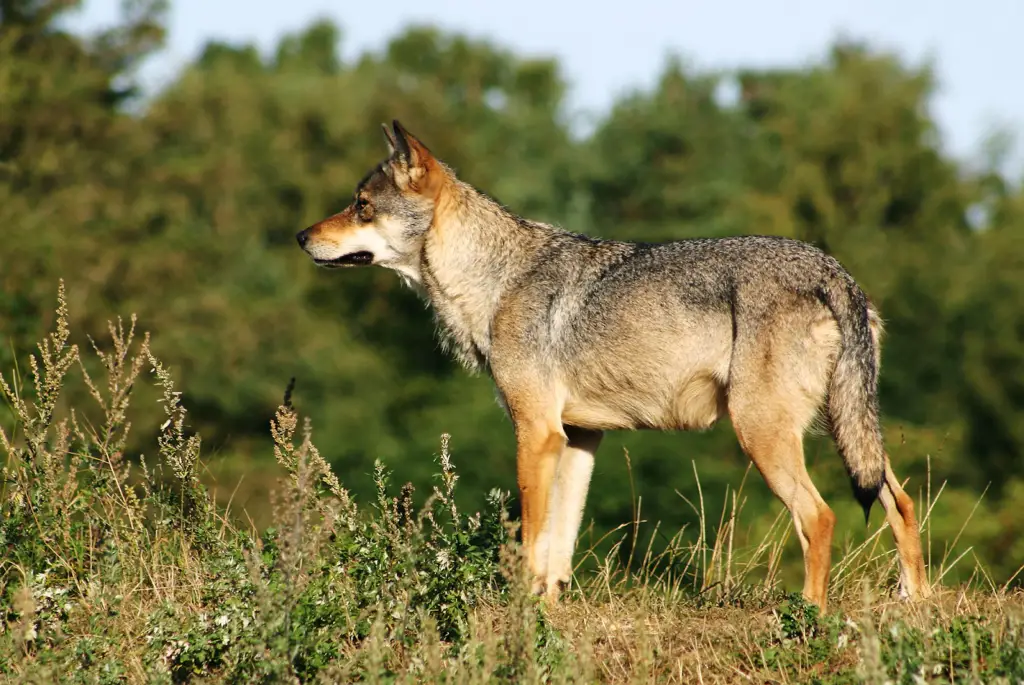
These forests are home to the Scandinavian wolf, a subspecies of the Eurasian wolf. Their population has rebounded due to conservation efforts, and sightings are increasing, especially in Finland. The boreal forests’ mix of coniferous and deciduous trees provides an ideal habitat for these predators. Scandinavian wolves often travel in small packs and can be observed during guided wildlife tours.
Winter is the best season for sightings, as snow reveals their tracks and movement patterns. According to AboutZoos, the Stockholm Skansen Zoo offers educational programs about wolf conservation. Wolves in this region primarily hunt moose and deer, showcasing their critical role in maintaining ecological balance. Local folklore often features wolves, reflecting their cultural significance. Visitors are encouraged to respect the wolves’ space and observe them from a distance.
6. Apennine Forests, Italy
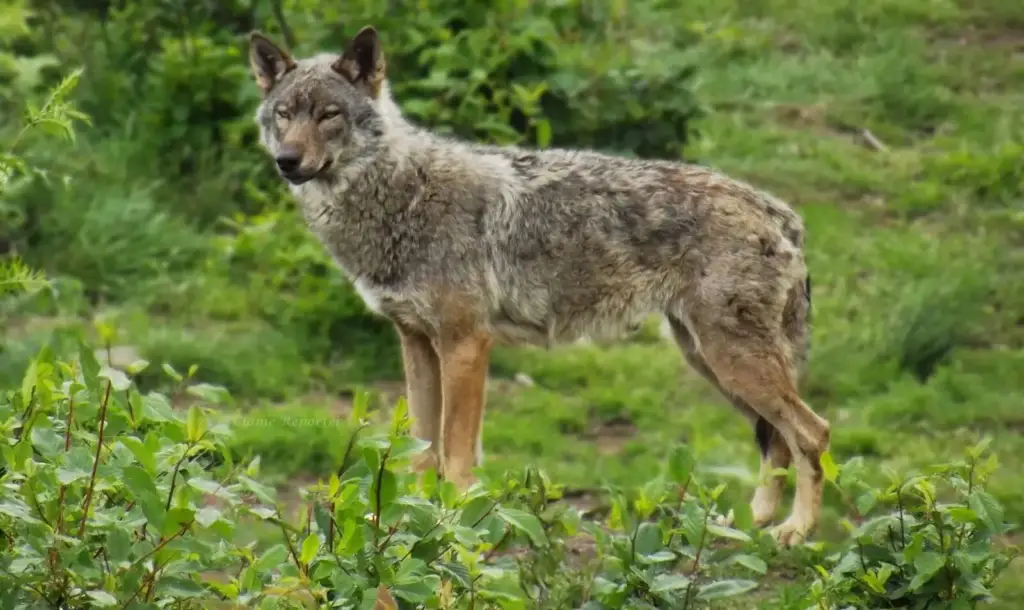
The Italian wolf, also known as the Apennine wolf, is native to this region. Smaller and more elusive than other wolf species, they are often seen during early mornings or late evenings. The Apennine forests’ rugged terrain and thick vegetation provide an ideal refuge for these predators. Italian wolves are known for their adaptability, often hunting wild boar and roe deer. Conservation programs have helped stabilize their population after decades of decline.
Tracking wolves in this region often involves following their howls, which can carry over long distances. Guided tours offer insights into the wolves’ behavior and their role in Italian ecosystems. Winter offers the best chance for sightings, as food scarcity draws the wolves closer to human settlements. The Italian wolf is a symbol of resilience, embodying the spirit of Italy’s wild landscapes.
7. Hokkaido Forests, Japan
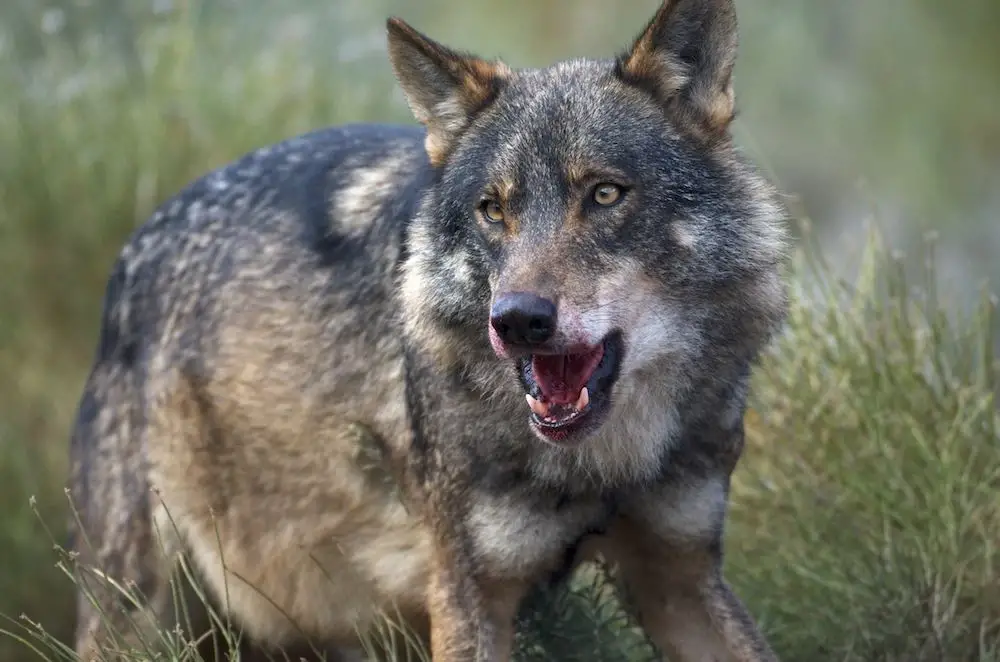
Though the Ezo wolf, a subspecies of the gray wolf, is extinct, there have been unconfirmed sightings of wolves resembling this subspecies in Hokkaido’s dense forests, sparking intrigue among researchers and enthusiasts. The island’s remote and rugged landscapes are ideal for large predators. Wildlife tours in Hokkaido often focus on other native species, but the mystery surrounding the Ezo wolf adds an element of excitement.
Local legends and folklore keep the memory of the Ezo wolf alive, with some claiming to hear wolf howls in the night. Conservationists in Japan have debated the possibility of reintroducing wolves to control deer populations, which have surged in recent years. Visitors to Hokkaido can explore its vast forests and learn about the island’s unique biodiversity. While definitive proof of the Ezo wolf’s existence remains elusive, the possibility keeps hope alive among wildlife enthusiasts.
8. Yellowstone National Park, USA
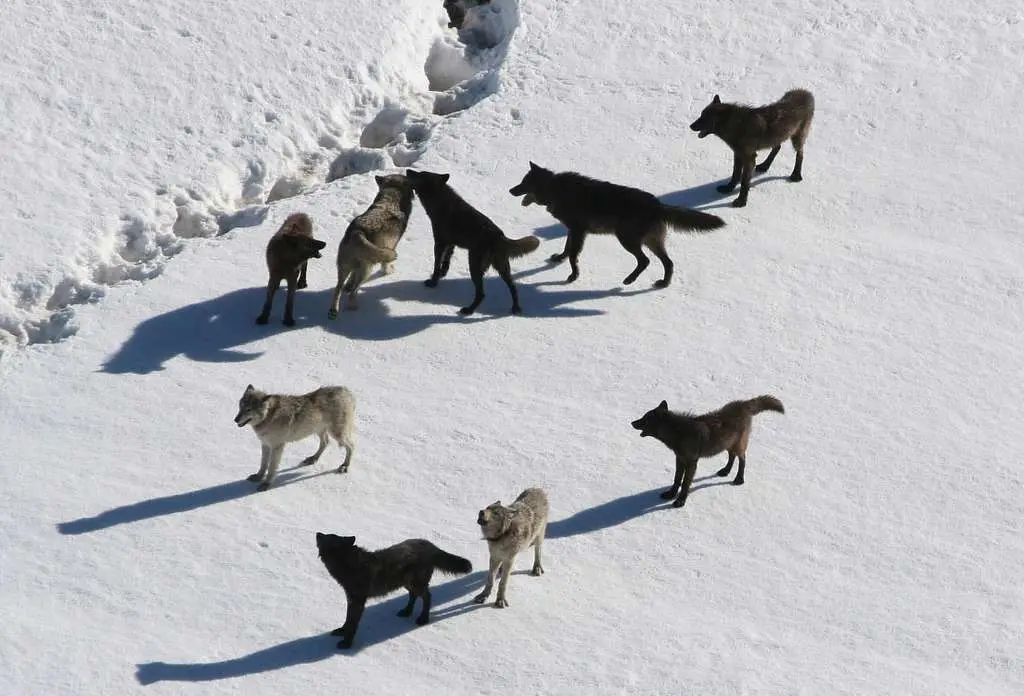
Home to the iconic gray wolves, Yellowstone’s sprawling forests and open landscapes are perfect for spotting these majestic animals. After their reintroduction in 1995, the park has become a stronghold for wolf conservation. According to the National Geographic Society, with over 100 wolves living in the park, visitors often report sightings, particularly during winter months when snow-covered landscapes make the wolves easier to spot. The Lamar Valley is especially popular among wolf watchers.
Yellowstone also provides a unique opportunity to hear wolves howl, a haunting and unforgettable experience. Wildlife enthusiasts are encouraged to bring binoculars and be patient, as wolves are often shy and elusive. Guided tours with naturalists increase the chances of sightings. The park’s commitment to preserving these predators has also led to a flourishing ecosystem.
9. Carpathian Mountains, Eastern Europe
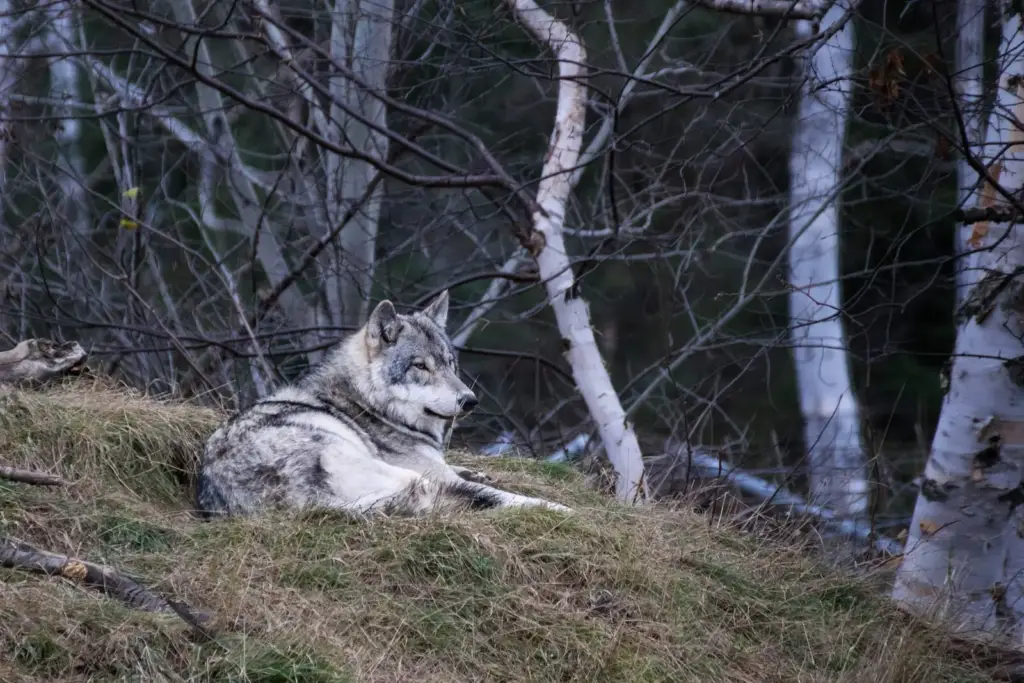
The Carpathians’ vast and diverse forests host a thriving population of Eurasian wolves. Sightings are common in Romania, where eco-tourism has bolstered interest in wolf conservation. These wolves play a crucial role in maintaining the balance of the Carpathian ecosystem by controlling prey populations. Visitors often report seeing wolves during guided tracking tours, which use howls and tracks to locate them. The dense forests and rugged terrain of the Carpathians make it an ideal habitat for these predators.
Winter is the best season for sightings, as snow makes tracking easier. Conservation projects in the region focus on reducing human-wolf conflicts and preserving the wolves’ natural habitat. Local myths and legends often feature wolves, reflecting their importance in the region’s culture. For wildlife enthusiasts, the Carpathians offer a rare chance to see wolves in their natural environment.
10. Tatra National Park, Poland and Slovakia
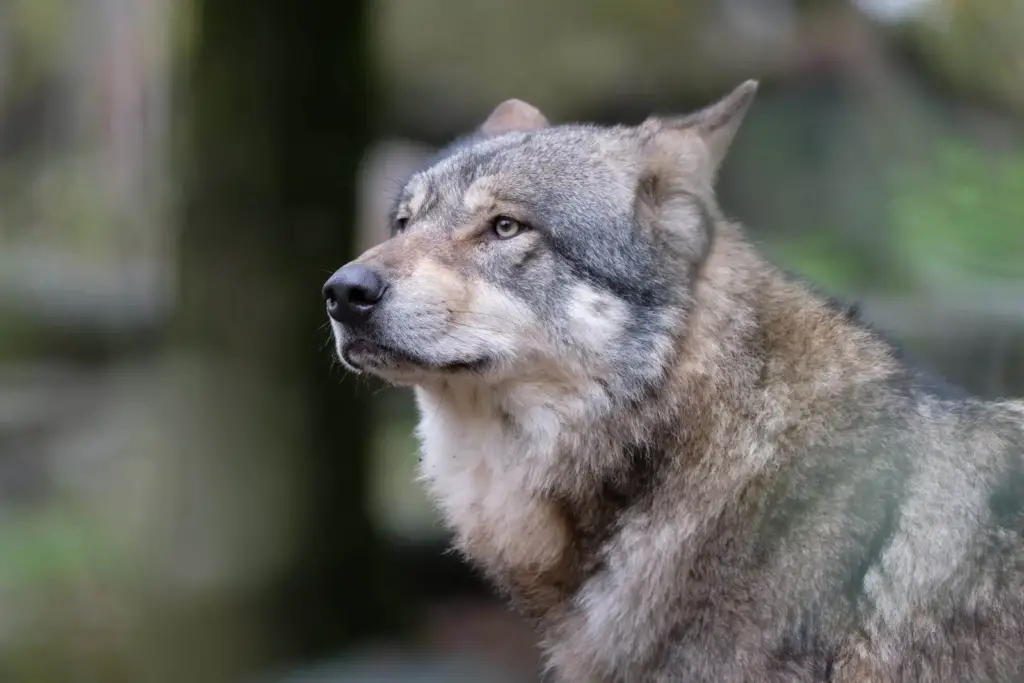
Nestled in the Tatra Mountains, this park’s forests are home to a growing population of Eurasian wolves. Guided tours often offer the chance to track these elusive animals. The park’s diverse terrain, including forests, meadows, and rocky slopes, provides an ideal habitat for wolves. Winter is the best time to spot them, as their tracks are more visible in the snow. The wolves in this region primarily hunt deer and other ungulates, maintaining a healthy balance in the ecosystem.
Conservation efforts have helped stabilize their population after years of decline. Visitors to Tatra National Park are encouraged to respect the wolves’ space and avoid disrupting their natural behavior. Educational programs in the park highlight the importance of predators in maintaining biodiversity. The beauty of the Tatra Mountains, combined with the thrill of spotting a wolf, makes this a must-visit destination for nature lovers.


